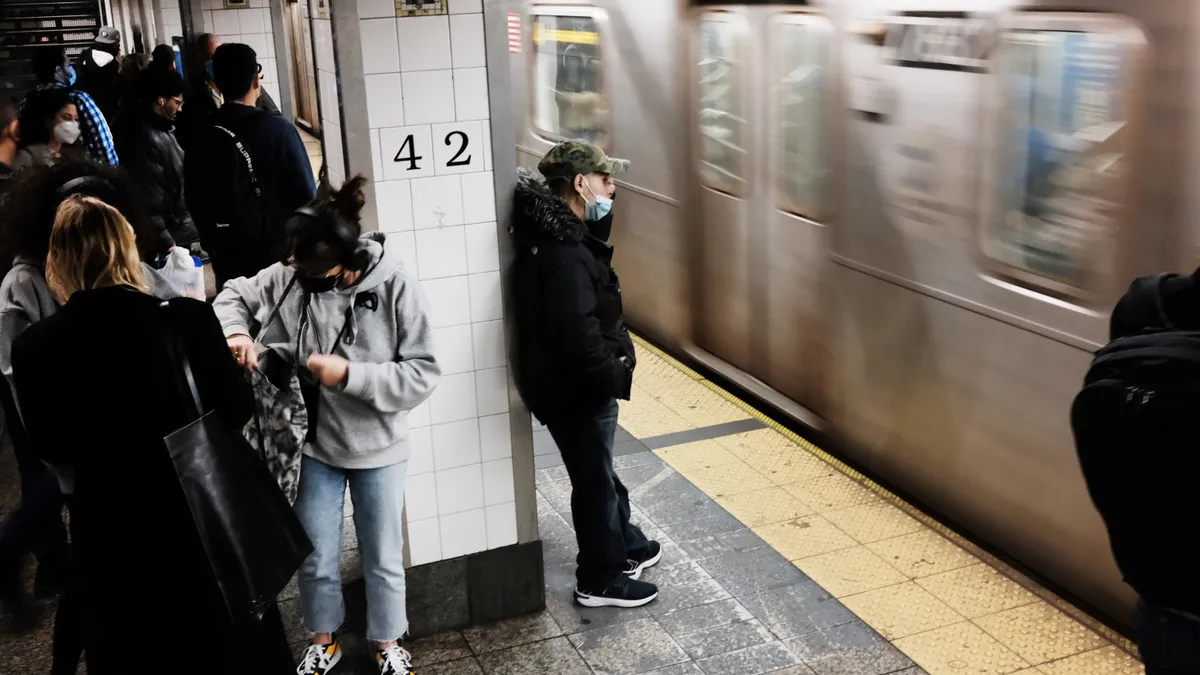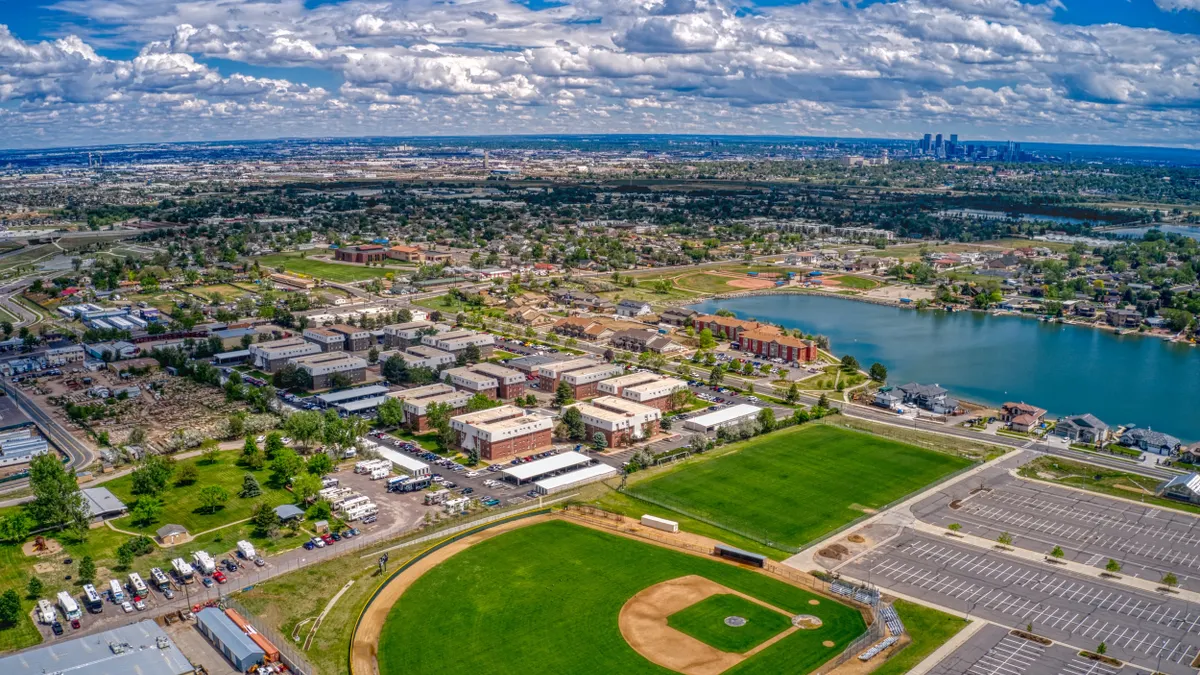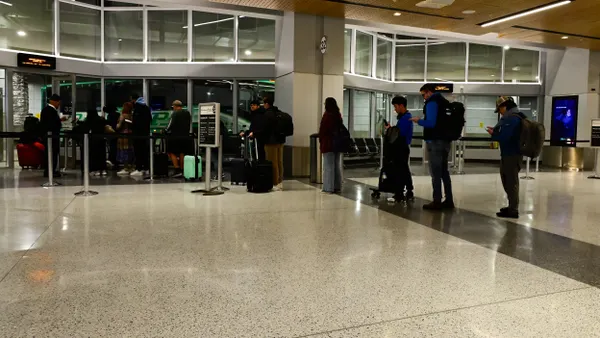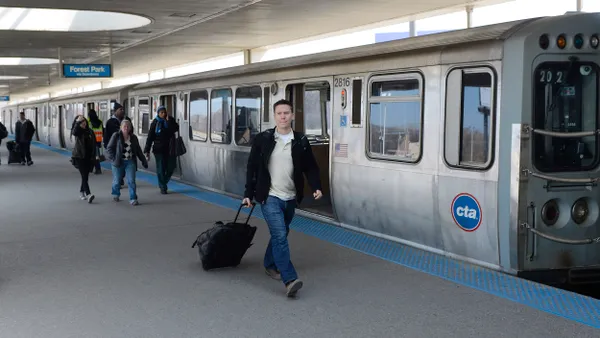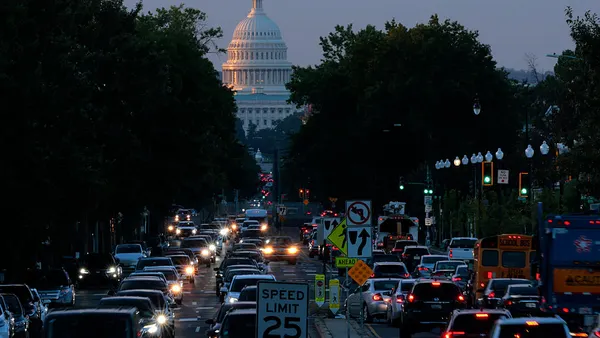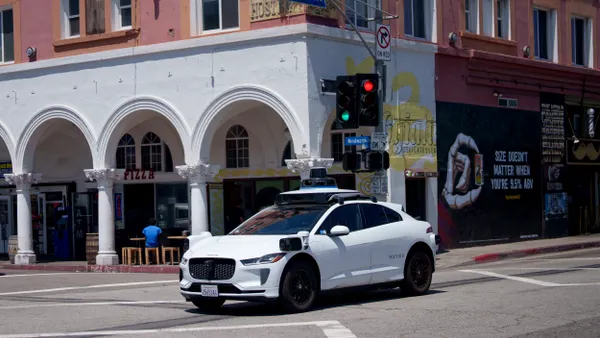Dive Brief:
- U.S. transit agencies saw ridership grow over 17% from 2022 to 2023, according to a Federal Transit Administration report issued January 8.
- However, total transit ridership remains well below its peak in 2014 and below the 2019 pre-pandemic level. The FTA report attributes the drop to the rise of ride-hailing services in urban areas.
- The FTA found that transit ridership per person declined in the eight largest urban areas in the U.S. from 2013 to 2023 even as high-capacity modes such as light rail and bus rapid transit systems grew substantially.
Dive Insight:
The years following World War II saw the rise of the private automobile and suburbanization, leading to less reliance on public transportation. Cities, states and the federal government stepped in to preserve vital services. The Urban Mass Transportation Act of 1964 established federal funding to transit systems, and subsequent legislation increased funding and added new programs. According to the FTA, the 2021 infrastructure law invested a record $100 billion in public transportation systems.
Transit use is not uniform across the U.S. In 2023, the eight largest urban areas — New York City, Los Angeles, Chicago, Washington, D.C., Boston, San Francisco, Philadelphia and Seattle, in that order — accounted for 72% of all transit trips in the U.S.
The New York City metropolitan area, which covers parts of New Jersey, Long Island and some suburban counties, is served by 44 public and private transit providers that delivered nearly 3.2 billion individual trips in 2023. Ridership per population was highest in this region, at 164 trips per person.
The other seven largest areas saw ridership range from 31 to 66 trips per capita, with the San Francisco-Oakland, California area and Chicago seeing an almost 50% drop in individual trips from 2013 to 2023.
In a separate analysis of trips per capita using the same database, the Community Transportation Association of America found that some of the highest transit ridership per person was found in smaller urban areas and rural communities. In these areas, “The mission of transit systems is often more closely aligned with the mobility needs of vulnerable populations, social service delivery, or with promoting economic independence among at-risk individuals,” said Chris Zeilinger, CTAA’s associate director, in a statement.
Nationally, the federal government provided 21% of funds to transit agencies in 2023, with local governments contributing 25% and states 26%. The remaining 28% came from fares, advertising and dedicated taxes. Fare revenues in 2023 offset 17.2% of operating costs, a decline from 32.1% in 2019. However, the percentage has increased since a low of 12.7% in 2021.
Federal funding per trip was highest for commuter rail and non-rail or bus services such as paratransit systems. Subways, light rail, streetcars and fixed-route local and commuter buses required the least federal support, according to FTA data.



